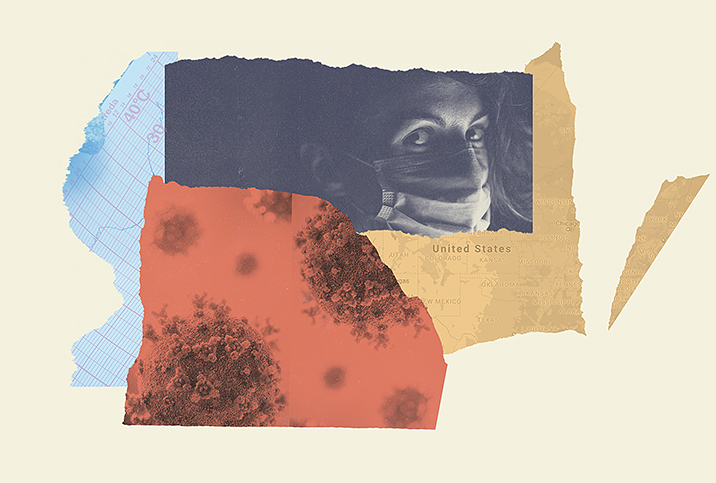STDs Are at an All-Time High

Reported cases of the three most common sexually transmitted diseases (STDs), chlamydia, syphilis and gonorrhea, hit an all-time high in the United States in 2019, according to a report from the Centers for Disease Control and Prevention (CDC).
Health departments reported more than 2.5 million cases, including 1.8 million chlamydia cases, a 19 percent increase from 2015; 616,392 gonorrhea cases, a 56 percent rise; and 129,813 cases of all stages of syphilis, a 74 percent jump.
The most significant increase, 279 percent, was for congenital syphilis, which occurs when a mother passes the disease on to her child during pregnancy or birth. In 2019, there were almost 2,000 congenital syphilis cases, resulting in 128 deaths.
Less than two decades ago, gonorrhea rates were at historic lows, and syphilis was nearly eliminated, according to a statement from Raul Romaguera, acting deputy director of the CDC Division of STD Prevention. He said the progress was lost, in part, because of challenges to the public health system.
Some populations are hit harder than others
While the prevalence of STDs increased across many population groups, some were hit harder than others. Racial minorities, gay and bisexual men, and young people ages 15 to 24 were impacted the most. Black Americans were up to eight times more likely to have an STD than non-Hispanic white people. Hispanic people were up to two times more likely to have an STD than non-Hispanics. Gay and bisexual men made up almost half of all primary and secondary syphilis cases in 2019. In some areas, gonorrhea rates among gay and bi men were 42 times more than the rates for heterosexual men.
Focusing on hardest-hit populations is vital to curbing disparities, said Jo Valentine, associate director of the Office of Health Equity in the Division of STD Prevention. To reduce these disparities, the social, economic and cultural factors that make it more challenging for some populations to prevent and treat STDs must be addressed, she said. Poverty, lack of housing and access to health care, and drug use are some of the issues that contribute to the higher incidence of STDs in certain communities.
Impact of the pandemic on STD screening
STD testing rates dropped in many parts of the country in 2020 as the COVID-19 pandemic diverted resources, according to an Associated Press report. These major disruptions to testing and clinical care are likely contributing to the growing number of sexually transmitted infections, stated David Harvey, executive director of the National Coalition of STD Directors.
Many clinics that test for STDs either shuttered or had to cut hours during the pandemic lockdowns. Workers who previously tracked sexual infections were reassigned to focus on the coronavirus, and labs that process STD tests had to ration supplies to focus on the many incoming COVID-19 test samples.
In its report, the CDC outlined ways STD testing could serve more people during the pandemic and beyond, including:
- Express clinics with walk-in STD testing
- Partnerships with pharmacies that provide onsite STD testing and treatment
- Telemedicine to increase access to healthcare providers, especially for people who live in rural areas
Although the CDC report focuses on 2019, Romaguera reported preliminary data for 2020 indicate a continuation of concerning trends. However, he said there is momentum to change the staggering rates of STDs. He pointed to the Sexually Transmitted Infections National Strategic Plan for the United States, a 2021-2025 roadmap from the Department of Health and Human Services to decrease STDs through strategies employed by local, state and federal public health officials and community-based organizations. Romaguera said stakeholders have to prioritize efforts to regain lost ground and control the spread of STDs.
A good way to combat the rising numbers of STDs is to make sure you're not unknowingly infecting others. With the rise of vaccinations against COVID-19 and life slowly returning to normal, it's of utmost importance to incorporate regular STD testing into your healthcare routine.















